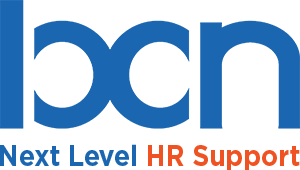A disaster can be defined as an accident, or natural catastrophe, that causes great damage or loss of life. Certainly, there have been several, large natural disasters recently ranging from hurricanes to earthquakes.
On a smaller scale, a disaster could also encompass issues isolated to your office causing a disruption in business, such as an office fire or broken water pipe.
It is important for your business to develop and implement a detailed disaster recovery plan for a variety of situations. But with such a wide array of potential disasters, it can be difficult to know how to start the planning process. Below are a few starting points as well as additional resources to aid you in the process:
- Form an emergency planning team comprised of managers and staff who understand business operations and can brainstorm worse-case scenarios. The team should develop an emergency action plan based on its findings for each scenario. Employees should then be trained on how to carry out the plan.
- Protect business operations by involving your technology staff. They can develop an infrastructure with cloud-based backups or off-site servers to ensure continuity of your operation. You should also have a contingency plan outlining how you will access this data and continue operations if you lose access to your physical place of business.
- Review insurance policies for adequate coverage that will pay for direct and indirect costs of the disaster. Speak with your insurance agent to determine if any additional policies are needed based upon your emergency action plan. This may include cyber insurance or business-interruption insurance.
- Develop a communication plan in the event of a disaster. Consider how you will notify employees when a disaster occurs and how you will continue to keep them updated. Also, consider how and what you will communicate with your customers. As part of your plan, have language in place that can be readily used for emails or other types of communication both with your staff and your customers, if needed.
- Finally, because business operations, employees and relationships change over time, it is important to have a periodic review of your emergency plans and make changes as necessary.
If you need additional resources or help developing your plans, OSHA is available to provide training and support including their publication, “How to Plan for Workplace Emergencies and Evacuations”. Other free resources are offered by The American Red Cross (http://www.redcross.org/get-help/how-to-prepare-for-emergencies/workplaces-and-organizations) and the U.S. Department of Homeland Security and Federal Emergency Management Agency (https://www.ready.gov/business). The experts at BCN Services are also available to consult with you and guide you through this process.

